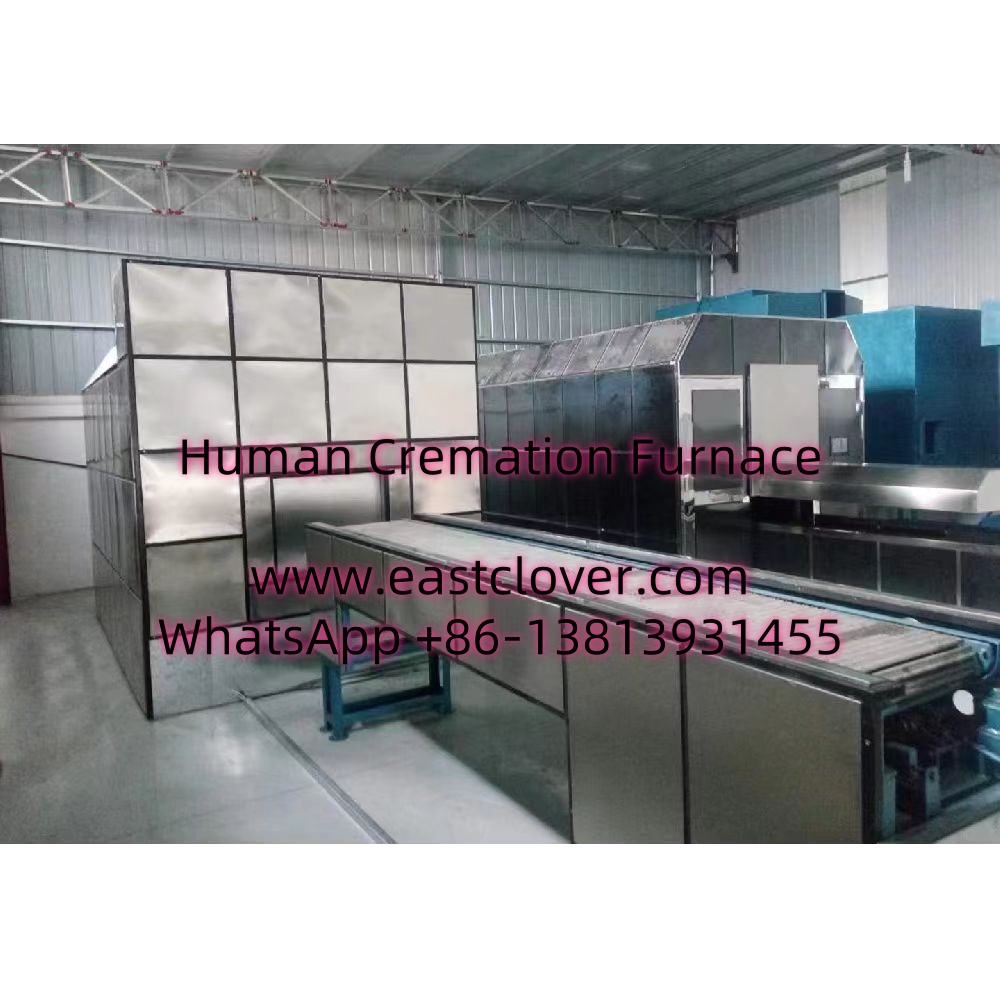The Shift Toward Sustainable Cremation
Traditional cremation practices have long been scrutinized for their environmental impact, including greenhouse gas emissions, energy consumption, and the release of pollutants like mercury and particulate matter. As the demand for eco-conscious end-of-life options grows, the funeral industry is undergoing a transformation. Innovative cremation furnaces are emerging as a solution, combining advanced technology with sustainability principles to minimize ecological footprints while honoring the deceased.
How Innovative Cremation Furnaces Work
Modern cremation furnaces utilize cutting-edge engineering to reduce environmental harm. Key advancements include:
- Electric and Hybrid Systems: Replacing fossil fuels with electric heating elements or hybrid models that combine renewable energy sources.
- Advanced Filtration: Multi-stage filtration systems to capture harmful emissions, such as mercury from dental amalgams and fine particulate matter.
- Automation and Efficiency: AI-driven controls optimize temperature and combustion time, reducing energy use by up to 40% compared to traditional models.
For example, “Eco-Friendly Flames” combustion systems integrate catalytic converters and scrubbers to neutralize toxins, while recapturing heat to power the furnace itself.
Environmental Benefits of Green Cremation
Sustainable cremation furnaces address multiple ecological concerns:
- Reduced Carbon Footprint: Electric models powered by renewables cut CO2 emissions by over 80%.
- Mercury Mitigation: Specialized filters prevent toxic mercury from entering the atmosphere.
- Energy Efficiency: Heat recovery systems repurpose waste energy, lowering overall consumption.
Studies show that adopting these systems could prevent thousands of tons of CO2 emissions annually if widely implemented.
Economic and Regulatory Considerations
While eco-friendly cremation furnaces require higher upfront investment, long-term savings from reduced fuel and maintenance costs offset initial expenses. Governments are also incentivizing green transitions through tax breaks and subsidies. Regulations in regions like the EU and California now mandate stricter emission controls, accelerating adoption.
Challenges and Future Outlook
Barriers remain, including:
- High capital costs for retrofitting existing facilities.
- Public awareness and acceptance of new technologies.
- Infrastructure requirements for renewable energy integration.
Despite these hurdles, the global market for sustainable cremation is projected to grow by 12% annually, driven by consumer demand and regulatory pressures.
www.southclover.com
Innovative cremation furnaces represent a vital step toward aligning end-of-life practices with environmental stewardship. By merging technology with sustainability, these systems offer a compassionate yet responsible alternative to traditional methods. As awareness grows and costs decline, eco-friendly cremation may soon become the norm, ensuring that final acts honor both loved ones and the planet.
FAQs
Are eco-friendly cremation furnaces more expensive?
While initial costs are higher, long-term savings on energy and compliance with regulations often balance the investment.
How do these furnaces reduce emissions?
They use electric or hybrid energy sources, advanced filters, and heat recovery systems to minimize pollutants.
Is sustainable cremation legally permitted everywhere?
Regulations vary by region, but many countries are updating laws to accommodate green technologies.
Can existing crematoriums upgrade to eco-friendly systems?
Yes, retrofitting is possible, though feasibility depends on the facility’s infrastructure and local regulations.
What happens to the remains after eco-cremation?
The process yields ashes similar to traditional cremation, but with a significantly lower environmental impact.

Comments are closed